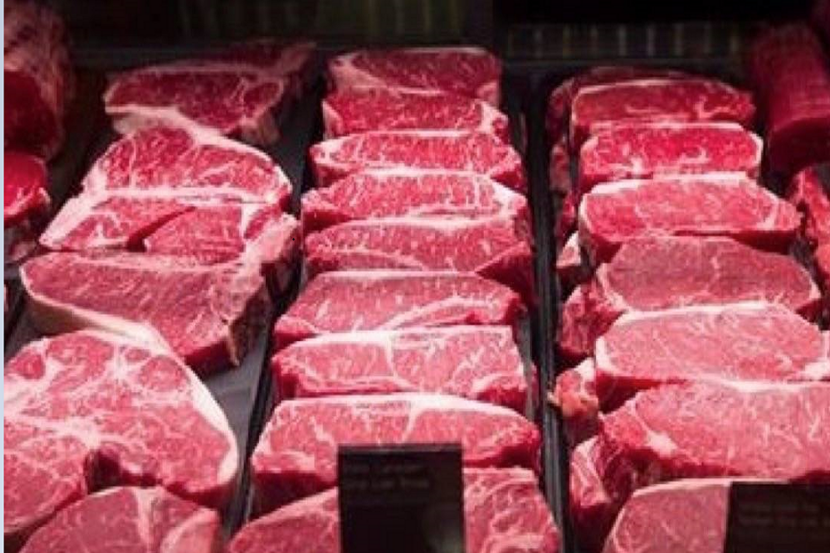Kenya is positioning itself for a major meat export boom as global demand continues to surge, with new opportunities emerging in Asia and the Gulf region.
The Middle East has long been a key market for Kenya’s meat exports, with the United Arab Emirates, Saudi Arabia, Oman, Qatar, and Kuwait providing a vital lifeline for local producers. According to official data, Kenya’s total meat exports rose from Sh11.5 billion in 2022 to Sh19 billion in 2023, before settling at Sh18.7 billion in 2024 reflecting an average annual growth rate of 39 per cent.
With a solid foothold in the Gulf, Kenya is now eyeing Asian markets such as China, Malaysia, and Indonesia to further boost its export earnings. Said Ali, a consultant with the African Union’s Inter-African Bureau for Animal Resources (AU-IBAR), said the livestock sector contributes 12 per cent to Kenya’s GDP and 40 per cent to agricultural output.
Ali called for the modernisation of slaughterhouses, noting that only seven of the country’s 1,000 facilities meet global export standards. He also warned that climate change and prolonged droughts continue to threaten pastoralist communities, which supply more than 70 per cent of Kenya’s meat.
National Livestock Development and Promotion Service CEO Richard Kyuma said Kenya has about 22 million cattle and 58 million goats and sheep. He noted that new regulations will enhance production, quality, and consistency while encouraging cooperative integration among producers.
Kenya Meat and Livestock Exporters Industry Council Chairperson Adenur Dahir added that goat and lamb meat account for 85 per cent of total exports, urging the country to pursue emerging markets in Libya, China, Malaysia, and Nigeria.
Ranch Expert CEO Maria Mbeneka emphasized the need for feed quality, disease control, and digital tracking systems to access highly regulated markets like the European Union. She said over 50,000 stakeholders are expected to join a new digital livestock integration platform by December 2025.

